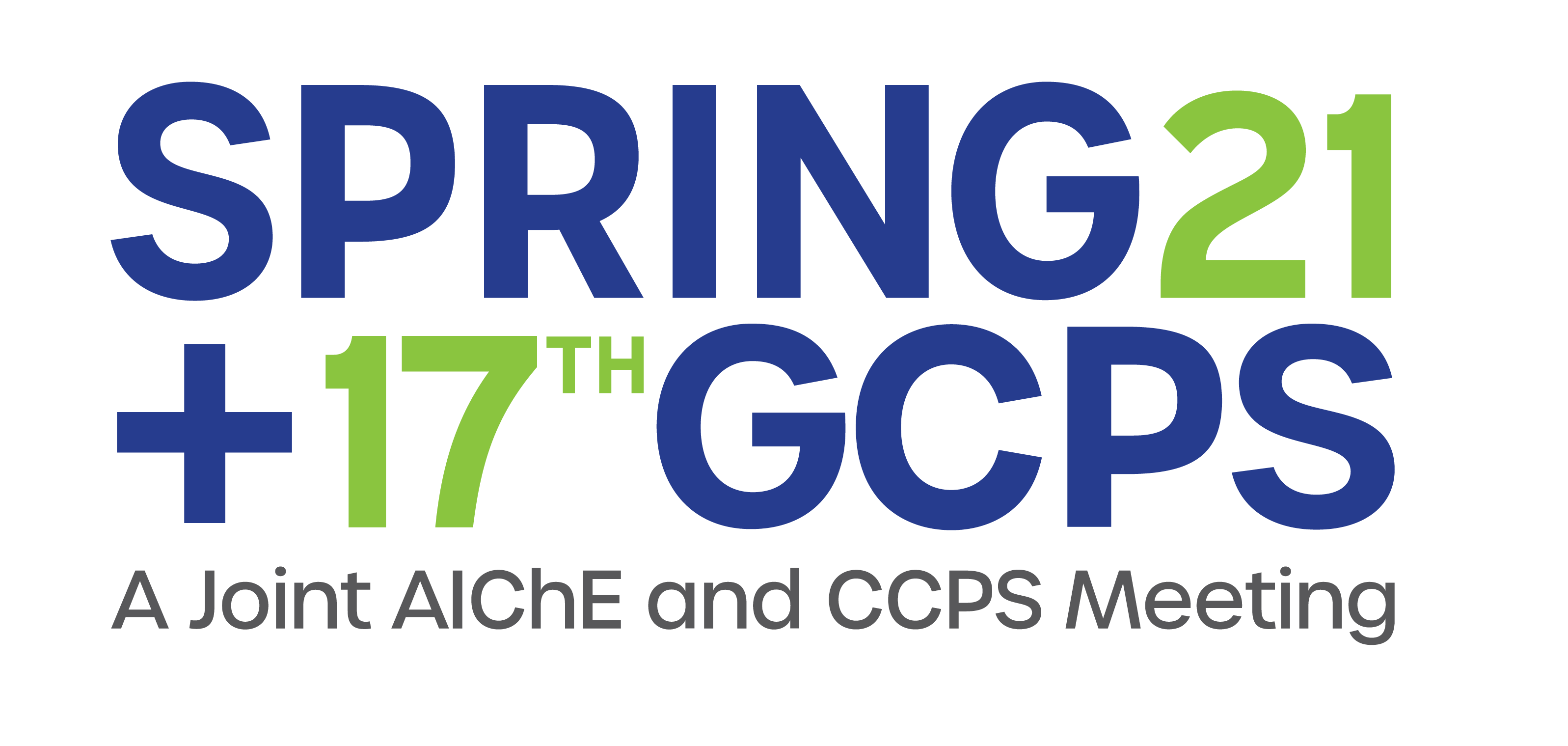

In this work, organic dust explosions were analyzed by decomposing them into their fundamental bricks (heat transfer to the particle, pyrolysis, oxidation and flame propagation) and by focusing on their limiting step according to their characteristic times and rates. In order to elaborate a model describing such steps in an accurate but lumped way, a modified Godbert-Greenwald furnace was used to characterize heat exchanges and kinetics parameters of the pyrolysis and combustion reactions occurring during the explosion of a dust cloud. Cellulose was chosen as sample for its regular and well known chemical structure. The pyrolysis/combustion gases, tar and char were collected and analyzed as a function of various parameters: particle size distribution, fuel equivalence ratio, relative humidity and temperature of the heated chamber. A peculiar rise of H2/CO ratios with the temperature (from 0.22 at 700°C to 0.62 at 900°C) suggested that a gaseous phase reaction (such as a water gas shift) might activate above a reactor temperature of 800°C. C2H4/CO and CH4/CO ratios also increased with temperature, but the maximum values were much lower (respectively, 0.12 and 0.18). CO2/CO, on the other hand, seemed to follow a slightly decreasing profile with temperature, with an average value of 0.30.
Based on these experimental data, simplified mechanisms (6 to 10 lumped reactions) were developed and implemented in a numerical model estimating the laminar flame velocity. Tests were performed in a flame propagation tube to determine the spatial flame velocity. By taking the Karlovitz factor into account, Sul can be assessed (e.g. 21 cm.s-1 for cellulose) and compared to the numerical value in order to validate the model.
Existing correlations linking Sul and the turbulence intensity vrms in the 20L sphere (determined by Particle Image Velocimetry) to the turbulent flame velocity Sut were applied. Using Silvestini relationship, the final results were compared to the maximum rate of pressure rise obtained in a 20L sphere using a standard procedure.
Presenter(s)
Language
Pricing
Individuals
| AIChE Member Credits | 0.5 |
| AIChE Pro Members | $19.00 |
| AIChE Graduate Student Members | Free |
| Safety and Health Division Members | Free |
| AIChE Undergraduate Student Members | Free |
| AIChE Explorer Members | $29.00 |
| Non-Members | $29.00 |
